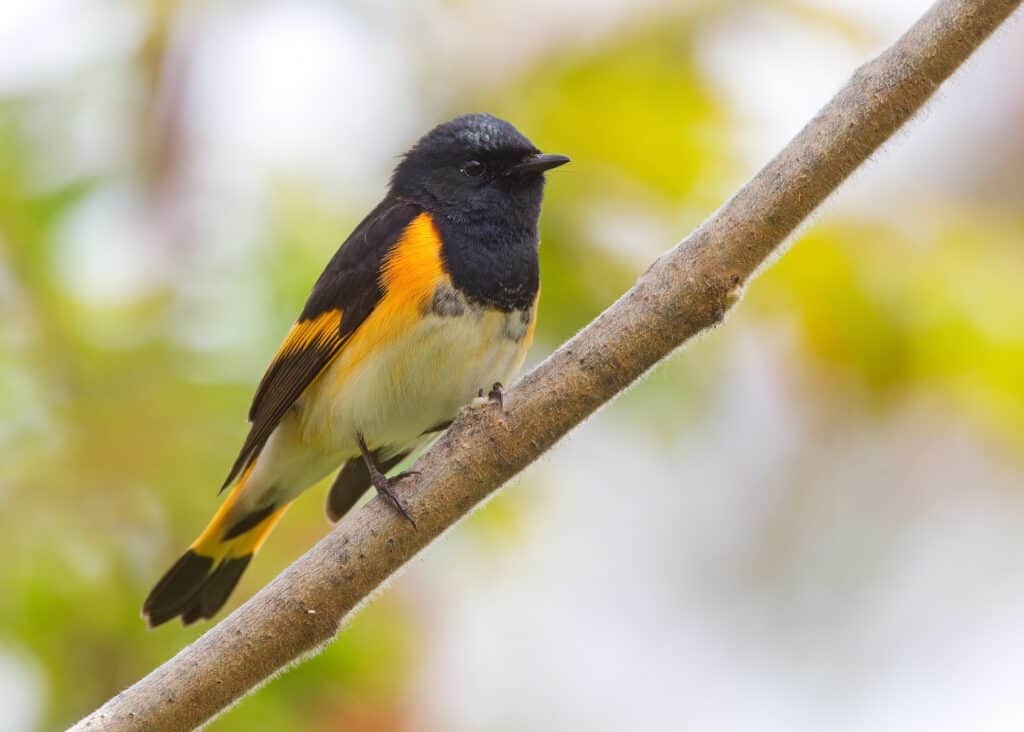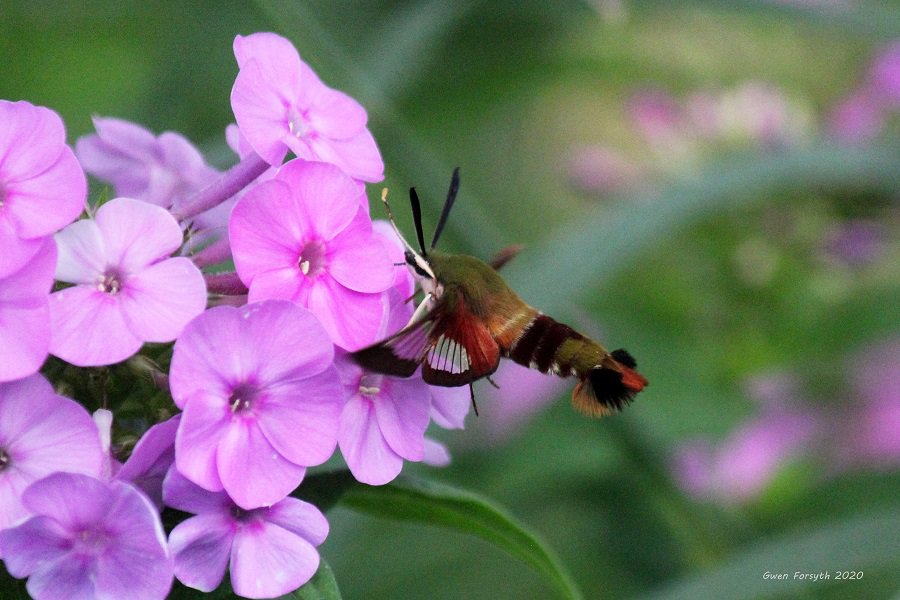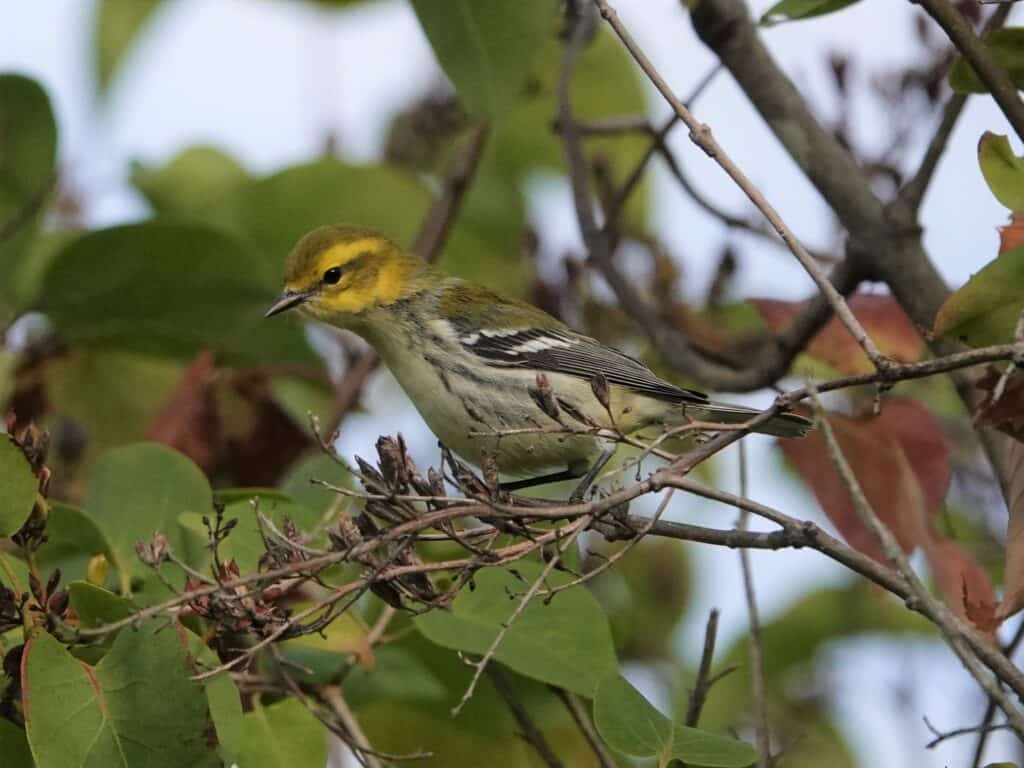Lots to look forward to in the coming weeks
Peterborough Examiner – June 23, 2023 – by Drew Monkman
As I do at the beginning of each new season, I’d like to look ahead at some of the events in nature that we can expect over the coming months.To enjoy some of these happenings with others and to learn from local experts, I highly recommend joining the Peterborough Field Naturalists. They have a full slate of events this summer ranging from exploring birds, butterflies and ferns at local hotspots to canoeing on the Otonabee River. Go to https://peterboroughnature.org/ for more information.
As for the long-term weather forecast, drier-than-normal conditions are expected to continue for much of the summer. Temperatures, too, are expected to be above normal. This means that more smoke from wildfires is a strong possibility.
Looming in the background is another phenomenon that should give us pause for thought. On June 8, the National Oceanic and Atmospheric Administration (NOAA) announced that El Niño conditions are officially upon us. Researchers make the declaration when the temperature of the water in the tropical Eastern Pacific is at least 0.5 Celsius above average for a three-month period. This natural climate pattern usually leads to hotter weather across the world. This could potentially pave the way for global temperatures to at least briefly exceed the critical 1.5 degrees Celsius threshold sometime in the next five years.
To see the latest nature sightings of interest in the Kawarthas, visit my website at https://www.drewmonkman.com/category/sightings/
Late June
- June 19–25 is Pollinator Week in Canada. On Saturday, June 24, Peterborough Pollinators is hosting a “Pedals & Pollinators” event from 2-4pm. Meet at the Silver Bean Café in Millennium Park and pedal along Peterborough’s streets and trails, visiting gardens along the way. Go to https://www.peterboroughpollinators.com/ for more details and to see a route map.
- A public hike through the Catchacoma Forest also takes place on Saturday from 1-4 pm. Learn what makes this old growth hemlock forest special and about efforts to protect it. Not only will you find out about all the wildlife that calls this forest home, but you’ll get to practice some forest meditation exercises! The hike will be co-led by a representative from Haliburton Land Trust, who are campaigning for a Highlands Corridor of protected reserves to connect Queen Elizabeth II Park with Kawartha Highlands Park, including Catchacoma Forest. To register, send an email to katie@wildernesscommittee.org
- Watch for turtles along roadsides and other sandy locations where they lay their eggs. If you see a turtle on the road – and if safe to do so – help it get across. If you find an injured turtle, call the Ontario Turtle Conservation Centre immediately at 705-741-5000.
- The first monarch butterflies are beginning to show up in the Kawarthas. According to Chip Taylor on the Monarch Watch Blog, “Although the winter count in Mexico of 2.21 hectares was 22% lower than the previous year, the number of butterflies was still substantial…roughly 46.6 million monarchs overwintered in Mexico this past winter. There have been 6 years in the last 29 during which the overwintering numbers were lower.”
- Yellow warblers and American redstarts are common along rail-trails. A great spot to see them is the Rotary-Greenway Trail at Thomas A. Stewart Secondary School.
- Butterfly-watching is usually at its most productive in early summer since the greatest number of species is flying at this time. White admirals are particularly noticeable.
July
- Common milkweed is in flower and its rich, honey-sweet perfume fills the early summer air. The scent serves to attract insects whose feet will inadvertently pick up the flowers’ sticky pollinia – small packets containing pollen – and transfer them to another plant.
- A huge number of other plants are blooming, as well. In wetland habitats, watch for common elderberry, swamp milkweed, Joe-Pye weed, yellow pond lily and fragrant white water lily. Along roadsides and in meadows, common species include ox-eye daisy, yarrow, viper’s bugloss, black-eyed Susan, Queen Anne’s lace, wild bergamot, purple-flowering raspberry and orange hawkweed.
- There’s a good chance that what looks like a tiny hummingbird in your garden is actually a clearwing hummingbird moth. They feed on the nectar of flowers such as phlox, hovering with the red-brown body stationary.
- By mid-July, the buzzy, electric song of the dog-day cicada fills the void created by the decrease in bird song.
- Watch for mushrooms such as white pine boletes and fly agarics. Summer – not fall – usually produces the greatest variety of species.
August
- Listen for the high-pitched “lisping” calls of cedar waxwings and the “po-ta-to-chip” flight call of the American goldfinch. Waxwings are often perched on the branches of dead trees along the River Road between Trent University and Lakefield. They sally out from these branches to catch insects on the wing.
- A large percentage of the insect music we here this month comes courtesy of crickets and katydids. For example, the soft, rhythmic “treet…treet…treet” of the snowy tree cricket sounds like a gentle-voiced spring peeper. Its beautiful rhythmic pulsations actually provide a good estimate of air temperature. Watch and listen at https://tinyurl.com/yc89my3e
- By mid-August, ragweed is in full bloom and its airborne pollen has hay fever sufferers cursing with every sneeze. Goldenrod, which relies on insects to spread its pollen, is not the culprit. Research done by the U.S. Department of Agriculture has shown that over the past four or five decades the higher CO2 levels associated with global warming may have doubled the amount of pollen that ragweed is producing.
- Small dragonflies known as meadowhawks abound. Mature males are red, while females and immature males are yellowish. They are common in suburban gardens.
- Cottagers sometimes find large, mysterious, jelly-like “blobs” attached to the dock or aquatic plants. They are formed by colonies of Bryozoa, a freshwater invertebrate.
- Songbird migration is in full swing by late August, with numerous warblers and vireos moving through. Two of my favourite locations to see migrants are the South Drumlin Nature Area at Trent University (especially along the canal) and Meadowvale Park near Thomas A. Stewart Secondary School.
September
- On Labour Day Weekend, the Friends of Presqu’ile Park will hold their annual Monarchs and Migrants event. A monarch tagging demonstration will take place on the afternoons of September 2 and 3. Bird banders will also be there both days from 8:00 am to noon to demonstrate the catching and banding of migrating birds. Go to https://www.friendsofpresquile.on.ca/ for more information.
- Large mating swarms of winged ants are a common September phenomenon, especially on warm, humid afternoons. Some are females – the potential future queens – but the majority are males. Ants bear wings only during the mating season.
- Two species of white-flowered vines are very noticeable, especially along woodland edges where they sprawl over fences, shrubs and trees. They are wild cucumber, which develop into roundish, cucumber-like seed pods covered in soft bristles, and Virgin’s bower, identified by its distinctive, fluffy seed heads of gray, silky plumes.
- By late September, the purples, mauves, and whites of asters reign supreme in fields and along roadsides and represent the year’s last offering of wildflowers. The most common species include New England, heath, panicled and heart-leaved asters.
- Be sure to put your bird feeders up this month. If you scatter millet on the ground, you should be able to attract white-throated sparrows which migrate south in late September.
- Most years, Virginia creeper vine, poison ivy, choke cherry and staghorn sumac reach their colour peak at about the fall equinox, which occurs this year on September 23.
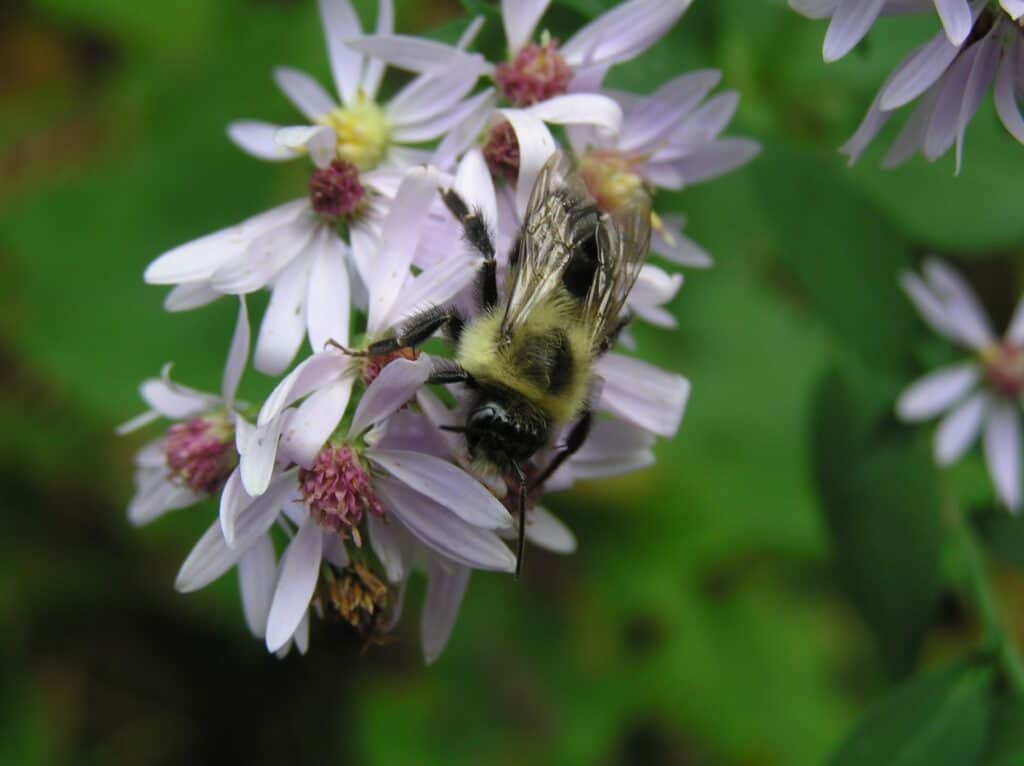
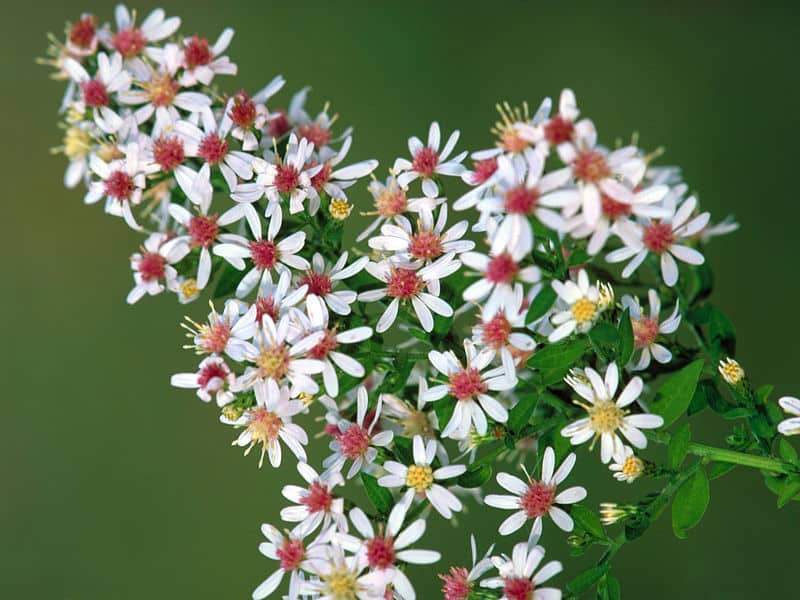
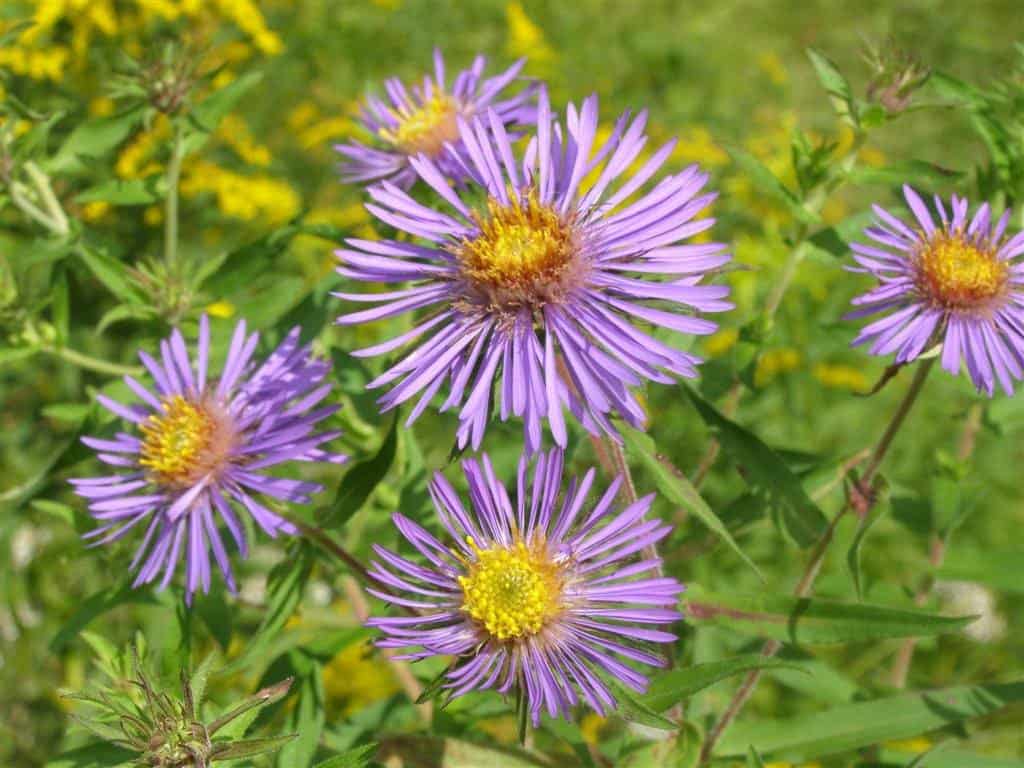
CLIMATE CHAOS UPDATE
Alarm: Earth’s health is continuing to fail. According to the Earth Commission group of scientists in a ground-breaking analysis, human activity has pushed the world into the danger zone in seven of eight newly demarcated indicators of planetary safety and justice. The eight measures include water availability (surface and groundwater), nutrient loading (nitrogen and phosphorus), climate, natural ecosystem area, functional integrity of all ecosystems (including urban and agricultural), and aerosol pollution. See https://tinyurl.com/24fs5s4n
Carbon dioxide: The atmospheric CO2 reading for the week ending June 17 was 424.13 parts per million (ppm), compared to 421.05 ppm a year ago. This represents an increase of 3.08 ppm in just one year and is one of the largest annual increases ever seen. The highest level deemed safe for the planet is 350 ppm. Rising CO2 means more climate chaos and increasingly severe storms, wildfires and choking smoke ahead.
